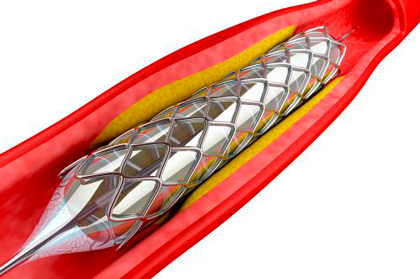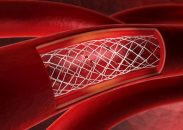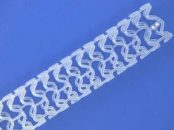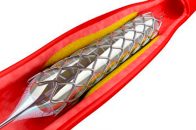Score to predict the risk of repeat PCI in DES restenosis. With the use of drug eluting stents (DES) instent restenosis (ISR) has seen a significant reduction vs. bare metal stents (BMS) restenosis. The main cause of DES failure is ISR. This entity is difficult to manage because of its high recurrence and reintervention risk.…
What Is the Best Strategy for Moderately Complex Femoropopliteal Lesions?
At present, PCI is the preferred treatment for femoropopliteal lesions and drug coated balloons (DCB) have shown good performance. However, they have not yet been shown superior to bare-metal stents (BMS). This study compared randomized trials IN.PACT SFA I/II and IN.PACT JAPAN including 288 patients vs. the prospective Complete SE and DURABILITY II with 483…
Last Bastion of Bare Metal Stents Finally Falls
Multiple studies have shown the safety and efficacy of drug eluting stents (DES) in patients with high risk of bleeding. Only one last bastion of bare metal stents (BMS) was left standing: vein grafts. With controversial evidence and different physiopathology, many still argued against DES in saphenous vein grafts. This multicenter study randomized patients with…
New generation DES present better results in vein grafts than older DES and BMS
There is little information comparing contemporary drug eluting stents (DES) against bare metal stents (BMS), for PCI in saphenous vein grafts in patients receiving (CABG). This study aimed to assess clinical outcomes after PCI in saphenous vein grafts in patients receiving BMS, first generation DES, and new generation DES between 2006 and 2013. The study…



